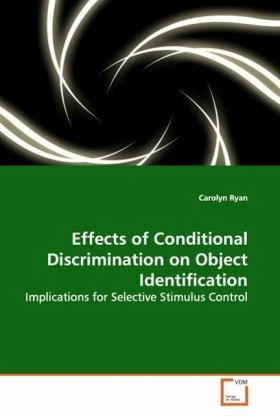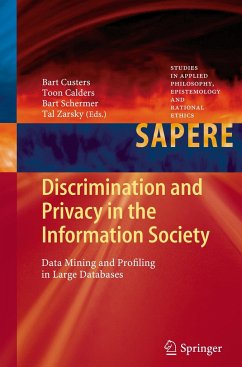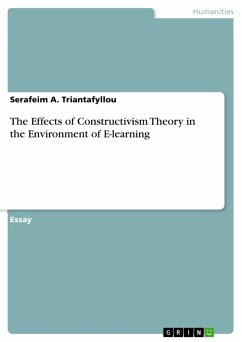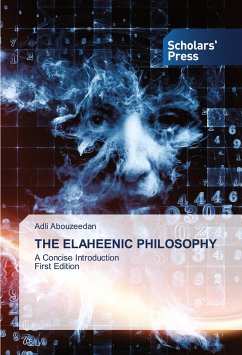
Effects of Conditional Discrimination on Object Identification
Implications for Selective Stimulus Control
Versandkostenfrei!
Versandfertig in 6-10 Tagen
39,99 €
inkl. MwSt.

PAYBACK Punkte
20 °P sammeln!
The present text provides an exploration of how themethods of training and training histories influenceresponding. Stimulus control by each of twodimensions of compound stimuli was studied in twoexperiments. In each of two experiments, threeconsecutive experimental phases were used. Trainingwas conducted in Phases 1 and 2. Single stimulusdiscrimination training occurred in Phase 1 andcompound stimulus discrimination training wasconducted in Phase 2. Phase 3 was testing. Trainingcongruence between phases for the target dimensionwas manipulated in three levels in Experiment 1. As aresult, respon...
The present text provides an exploration of how the
methods of training and training histories influence
responding. Stimulus control by each of two
dimensions of compound stimuli was studied in two
experiments. In each of two experiments, three
consecutive experimental phases were used. Training
was conducted in Phases 1 and 2. Single stimulus
discrimination training occurred in Phase 1 and
compound stimulus discrimination training was
conducted in Phase 2. Phase 3 was testing. Training
congruence between phases for the target dimension
was manipulated in three levels in Experiment 1. As a
result, responding decreased systematically according
to the level of congruence between training phases.
In addition to the training congruence manipulation
conducted in Experiment 1, training history for the
non-target dimension was altered in three levels in
Experiment 2. In Experiment 2, prior training history
for the non-target dimension affected the level of
responding in the presence of the target dimension.
Implications of the current experiments are discussed
in terms of selective stimulus control and learning
acquisition.
methods of training and training histories influence
responding. Stimulus control by each of two
dimensions of compound stimuli was studied in two
experiments. In each of two experiments, three
consecutive experimental phases were used. Training
was conducted in Phases 1 and 2. Single stimulus
discrimination training occurred in Phase 1 and
compound stimulus discrimination training was
conducted in Phase 2. Phase 3 was testing. Training
congruence between phases for the target dimension
was manipulated in three levels in Experiment 1. As a
result, responding decreased systematically according
to the level of congruence between training phases.
In addition to the training congruence manipulation
conducted in Experiment 1, training history for the
non-target dimension was altered in three levels in
Experiment 2. In Experiment 2, prior training history
for the non-target dimension affected the level of
responding in the presence of the target dimension.
Implications of the current experiments are discussed
in terms of selective stimulus control and learning
acquisition.












